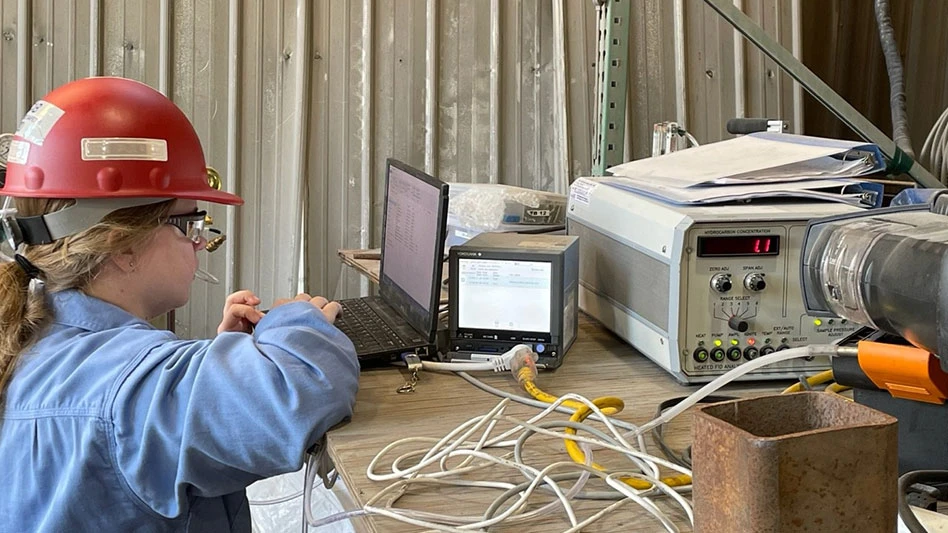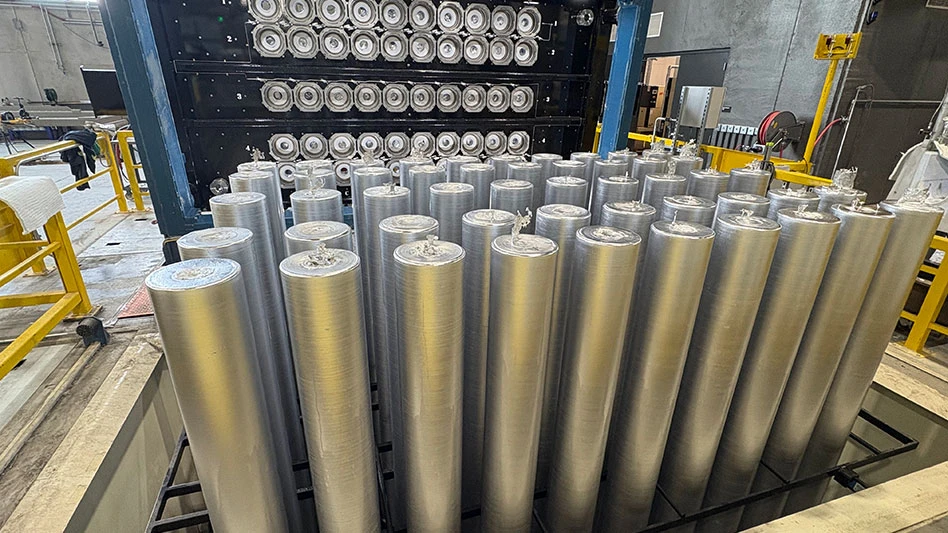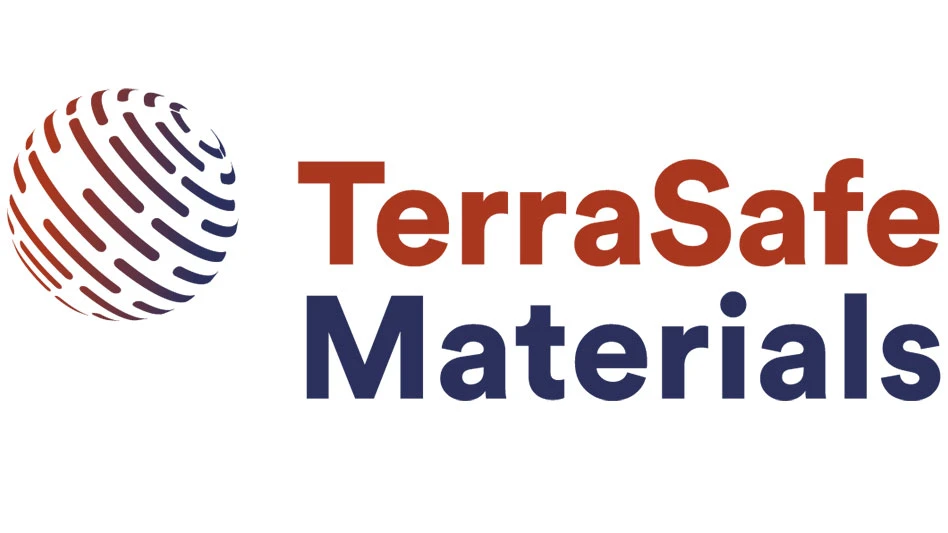
Clothing stores are a mainstay at shopping centers around the world, but a retail center in the New Territories of Hong Kong plays host to a working pilot-scale garment recycling production line.
The Garment-to-Garment Recycle System (G2G) display has been created by the Hong Kong Research Institute of Textiles & Apparel (HKRITA), which was established in 2006 “to be the leading center of excellence in research, development and technology transfer in fashion and textiles technologies,” according to its director of project development Dr. Gloria Yao.
Subsequently, among the tasks taken on by HKRITA has been to explore new and scalable ways to recycle the world’s discarded clothing and fabric.
HKRITA receives funding from various government, academic, trade association and corporate supporters, with the G2G display funded in part by the H&M Foundation, affiliated with Sweden-based global clothing retailer H&M (Hennes & Mauritz AB).
The G2G multi-step textile recycling line is housed in a 40-foot sea freight container that itself sits inside shop space at The Mills in Tsuen Wan, Hong Kong. The Mills is a lifestyle retail center housed inside a former textile mill building.
The G2G process allows individuals to donate a discarded garment that can be recycled in a waterless and solvent-free process that converts it into a new blanket, scarf or other garment. (Donations by Hong Kong residents can be made via this web page.)
The process involves several steps, starting with ozone sanitization to disinfect the donated item. The discarded garment is then shredded and further processed in several steps before being spun into new yarn that can then be used to make the “second-life” garment.
Yao says the G2G display has hosted students and other groups who learn that textile recycling is feasible. Yao and HKRITA’s assistant market manager, S.C. Ku, say the concept has drawn attention from other parts of the world, and that replicas may soon be in the offing.
Textile recycling has gone beyond the pilot stage for HKRITA. Yao and Ku say a facility it helped create in cooperation with Hong Kong-based Novetex Textiles Limited operates on a much larger scale. Novetex is a commercial-scale yarn spinner.
The facility is in Tai Po, also in Hong Kong’s New Territories region, and is known as both the Novetex Upcycling Factory and The Billie System. When it was “soft launched” in September 2018, Novetex billed it as “Hong Kong’s first new local spinning mill in half a century.”
The Tai Po plant will eventually be able to recycle up to three tons of wool and cotton fabric per day, on three production lines, according to Yao.
Like the G2G pilot plant, the Tai Po process does not require water or produce hazardous chemicals. “The mechanical recycling system provides a safe and dry process to upcycle textile wastes into quality textile fibers [that] can then be used in the production of yarns, fabrics and garments,” Novetex states in a 2018 news release announcing the opening of the facility.
Sharon Tsang, marketing manager for The Billie System at Novetex, says the recycled-content yarn produced in Tai Po is most often blended with natural yarns before being used. “The yarn quality varies based on the incoming textile waste,” states Tsang.
She adds, “But what’s good about this system is that it allows considerable flexibility to control the outcoming recycled yarn at the blending stage in our other facilities, such as hand feel, colors, etc.”
Based on The Billie System’s results, HKRITA is seeking other allies so the technology can also be used to recycle synthetic fabric materials, according to Yao. Tsang says Novetex will continue to focus on recycling natural fibers. “Our business network is largely focusing on sweater and knit products, so it is our priority to serve this demand,” she comments.
As concern for resource conservation has entered the global dialog surrounding all consumer purchases, including clothing, HKRITA appears poised to provide potential solutions to companies and government agencies seeking new approaches.
States HKRITA CEO Edwin Keh, in a letter to stakeholders, “Guiding our work is a vision of truly circular model whereby more post-consumer garments can be recycled and reused, ultimately reducing textile waste and demand for virgin materials.”
Get curated news on YOUR industry.
Enter your email to receive our newsletters.
Latest from Recycling Today
- Closed Loop Partners adds private equity managing director
- European Commission drafts new rules for chemically recycled content in plastic bottles
- Redwood Materials launches Redwood Energy
- Cirba Solutions announces new human resources executive
- Cascades to close packaging site in Niagara Falls, New York
- The Glass Recycling Foundation awards $137K in grants
- Goodwill Industries of Ontario Great Lakes and Rotogran International announce collaboration
- Textile Recycling Expo USA launches in Charlotte, North Carolina






